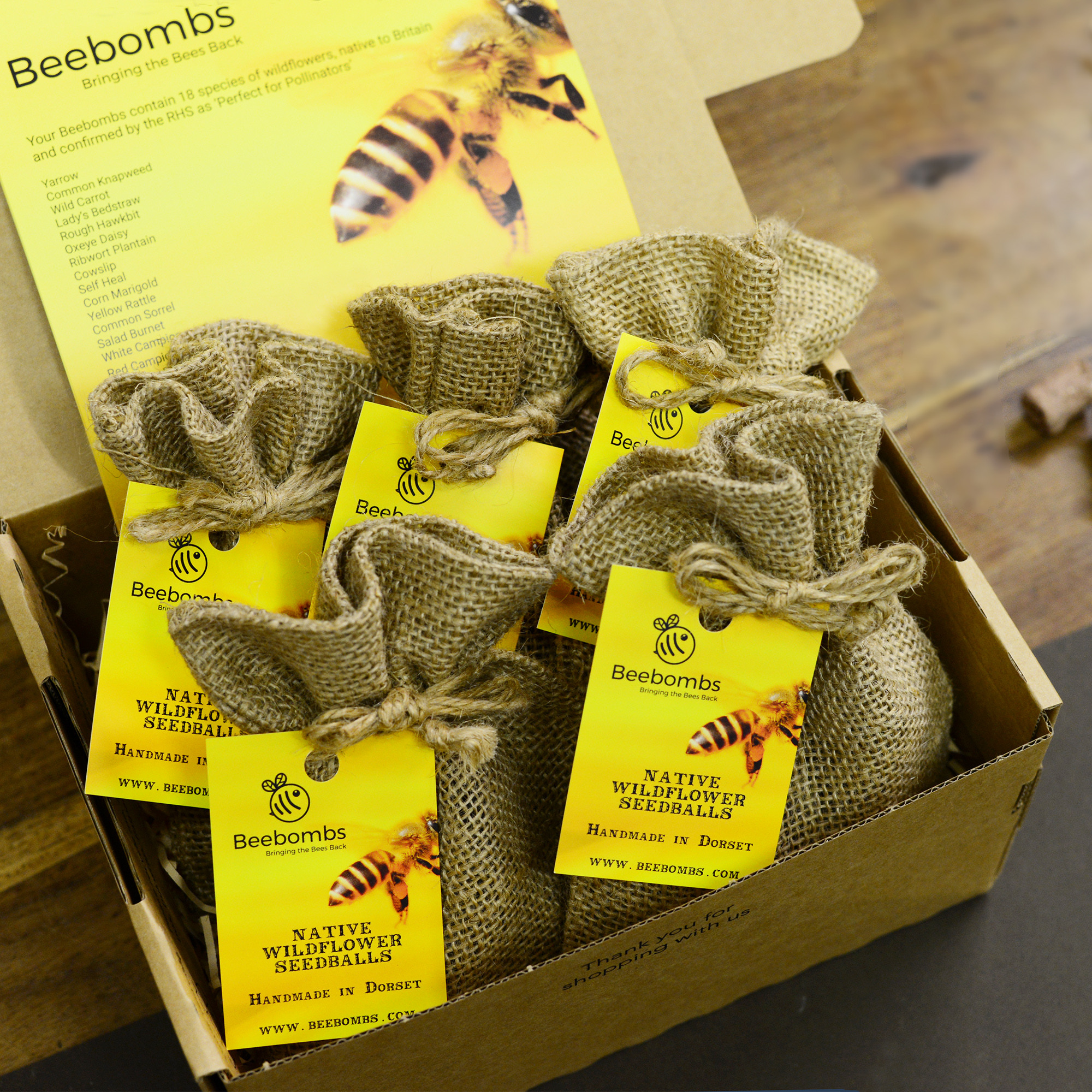Old World Swallowtail
It's not all about the Bees. Beebombs are dedicated to bringing all pollinators back by increasing wildflower habitat throughout the UK. 97% of which has been lost since WW2.
Intensive agriculture, urbanisation and increased use of ever more effective pesticides are causing declines in many of our native pollinators and we are set on improving this situation 21 square foot at a time.
Over the next few months, we'll be looking at a range of pollinating species and today we are focussing on the critically endangered Old World Swallowtail.
Common Name: Old World Swallowtail
Latin Name: Papilio machaon
Information: The stunningly beautiful and instantly recognisable Old World Swallowtail is critically endangered in the UK. This historically native butterfly has been hit very hard by the loss of the wildflower habitat it needs to nest and feed. It is Britain's largest native butterfly and its rarest. Now only found in parts of Norfolk, the loss of the Swallowtail would be a great tragedy for British bio-diversity.
The sub species 'britannicus' is the one found in Britain and its caterpillars are very particular with what they can feed on; requiring Milk-parsely in large quantities.
The more common sub-species 'gorganus' found on the continent can utilise wild-carrot and various other wildflower species and has recently been seen in some southern parts of England.
Description: Easily identified due to it's impressive size, with a wingspan of 65–86 millimetres. The wings are yellow in colour with black veins running through them. The back 'swallowtail' wings have a red spot on them and long tails.
Concern Level: High
Distribution: To see the native sub-species 'britannicus' you need to be on the Norfolk broads between May and June.





